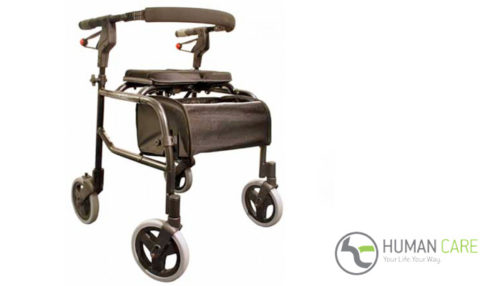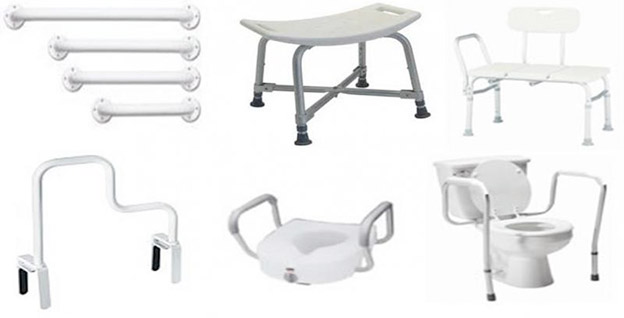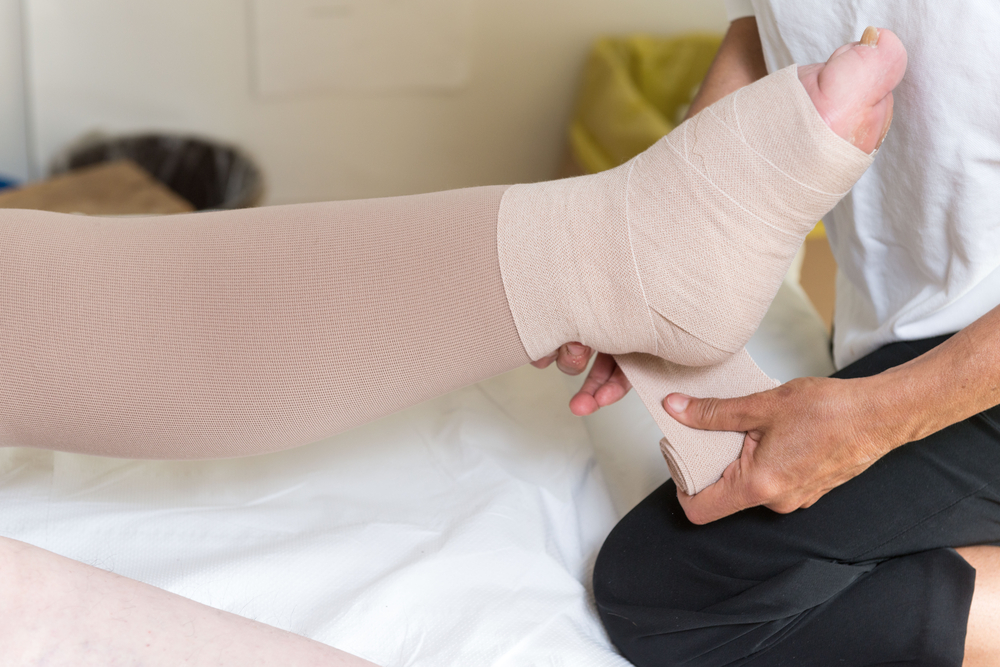Choosing the Right Mobility Aid for You
As you age, or perhaps as you watch your parent or grandparent age, you may start considering the need for a mobility aid to help increase safety and independence. With so many products on the market, it can feel incredibly confusing to choose the right product for your situation and lifestyle amongst the myriad of options on the market.
At the end of the day, there are three main options to choose from: walkers, rollators, and wheelchairs. Each option has defining features and best use cases. Let us compare your options so that you can choose the right mobility aid for you.
Walkers
While walkers and rollators are often confused, there are many differences between the two. Although there are many different types of walkers, they are predominantly identified by their four-legged bases and rubber feet to ensure stability and safety. They come in a variety of sizes and heights to best suit each individual. Walkers can also be folded up easily so that you can transport and travel with them comfortably.
Let’s examine a realistic example. His name is Richard, he’s 72 years old, and has recently received a hip replacement. Richard is normally fairly active for his age and wants to get back to visiting his grandchildren in Mississauga after he recovers. Although he used a walking cane before his surgery, he can no longer use one as it compromises his safety and increases his risk of falling. Richard now requires more help with balance, strength, and rest periods.
A walker is an ideal option for Richard. By using a walker, potentially with two wheels, he can continue to live the lifestyle he’s enjoyed in the past, including frequent travel and safe, stable walks inside his home. It also helps him recover from his surgery without losing his energetic lifestyle.
Rollators
Now that we’ve described a walker, it will be easy to identify a rollator as well. In fact, sometimes they’re even called a “wheeled walker.” The main difference between the two is that a rollator has four wheels (some walkers have two wheels) and a seat to offer its user maximum comfort and independence. Although rollators may have unique features, like adjustable heights and small storage spaces, they almost always have a metal frame, large wheels, handlebars, and a seat for ease of use.
Let’s look at another example. Margaret is 86 years old and lives in an assisted living home in Toronto, Ontario. She still walks as much as she can, but needs to take frequent breaks as she experiences weak spells and lack of balance from time to time. She won’t allow lost leg strength or limited mobility to stop her from enjoying her walks in and around the assisted living home where she resides. However, her family is concerned about her walking the grounds on her own as they fear she will potentially fall and injure herself.
A rollator would allow Margaret to feel safe and comfortable while mobile and would offer her family peace of mind as well. She can freely walk the halls and the sidewalks around her home using a Nexus 3 Rollator or Xpresso Walker without worrying about losing her balance and injuring herself. These products also include a safety braking system, ergonomic handles, and baskets for storage. This way, she can continue to visit her neighbours in the home and take small breaks along the way.
Wheelchairs
Just like rollators and walkers, there are many variations of wheelchairs. The two main categories of wheelchairs we sell are manual wheelchairs and transport wheelchairs. While the two items may look similar, they are very different. The former relies on the user to propel it with upper body strength. The latter, however, relies on another individual to push the wheelchair user around. Just like other mobility aids, wheelchairs can vary based on the weight, the wheels and tires, and many more unique factors.
And for our last realistic example, meet Donna. She is 62 years old and is not able to put weight on her lower limbs. As such, she recently started using a wheelchair consistently. She is currently strong and healthy other than her lower body weakness and need for a mobility aid, and enjoys her freedom and mobility to the fullest extent by travelling all over the Greater Toronto Area and across the globe! She worries though, that once she loses some of her upper body strength, she may also lose her freedom.
Currently, Donna is using a manual wheelchair to help her go about her day-to-day tasks. As she ages and likely loses some of her strength, she will need more support to get from point A to B when travelling and will rely on a transport wheelchair in those cases. Luckily, she will then be able to find the right option for her situation at a wheelchair store to help her enjoy mobility for years to come.
Just as individuals require different levels of assistance, mobility aids have varying features and uses. Whether you need a little bit of assistance or a lot of support, walkers, rollators, and wheelchairs can help you enjoy a superior quality of living with freedom and mobility.
At Adapt Home Health Care, we understand the importance of being mobile in a safe and effective manner. That’s why we offer a wide variety of mobility aids to help you do just that. For more information on our products, services, or to book a complimentary in home assessment, visit our website! We look forward to helping you find the perfect solution for your mobility needs.
- Adapting the Workplace for People with Disabilities - December 2, 2020
- More About Rollators and The NeXus 3 - March 26, 2020
- Bathroom Safety 101 - March 12, 2020

 905-822-1614
905-822-1614






